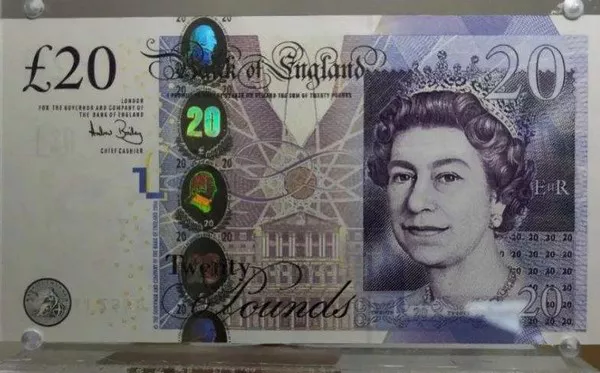The exchange rate between the pound sterling (GBP) and the euro (EUR) has been a topic of interest for traders, travelers, and economists alike. As of June 16, 2023, the pound to euro exchange rate stands at approximately 1.12 euros per pound. However, this rate is subject to daily fluctuations due to various factors such as economic performance, political instability, and global events. In this article, we will discuss the current exchange rate, the historical trends, and the impact of these fluctuations on trade and travel.
Current Exchange Rate
As mentioned earlier, the current pound to euro exchange rate is approximately 1.12 euros per pound. This means that if you were to exchange 100 pounds, you would receive around 112 euros. However, it is important to note that this rate is subject to change and can fluctuate significantly over short periods of time.
Historical Trends
Over the past decade, the GBP/EUR exchange rate has experienced significant fluctuations. In June 2011, the exchange rate was approximately 1.11 euros per pound, which was close to the current rate. However, in July 2015, the exchange rate reached a peak of 1.44 euros per pound, which meant that 100 pounds could get you around 144 euros. This was largely due to the uncertainty surrounding the Brexit referendum.
In the years following the referendum, the exchange rate remained volatile, with the pound weakening against the euro. In March 2020, the exchange rate reached a low of 1.07 euros per pound, which was mainly due to the pandemic’s impact on the UK economy. Since then, the exchange rate has recovered slightly, but there is still a lot of uncertainty surrounding the UK’s future economic relationship with the EU.
Impact on Trade
The exchange rate between the pound and the euro has a significant impact on trade between the UK and EU member states. When the pound is strong against the euro, it means that UK exports become more expensive for EU buyers, which can lead to a decrease in demand. On the other hand, when the pound is weak against the euro, it means that UK exports become cheaper, which can increase demand.
Similarly, when the euro is strong against the pound, EU imports become more expensive for UK buyers, which can lead to a decrease in demand. When the euro is weak against the pound, EU imports become cheaper, which can increase demand.
Impact on Travel
The exchange rate also has a significant impact on travel between the UK and Europe. When the pound is strong against the euro, it means that UK travelers can get more euros for their pounds, which can make traveling to Europe cheaper. On the other hand, when the pound is weak against the euro, it means that UK travelers get fewer euros for their pounds, which can make traveling to Europe more expensive.
Similarly, when the euro is strong against the pound, European travelers can get more pounds for their euros, which can make traveling to the UK cheaper. When the euro is weak against the pound, European travelers get fewer pounds for their euros, which can make traveling to the UK more expensive.
Conclusion
In conclusion, the pound to euro exchange rate has a significant impact on both trade and travel between the UK and Europe. The current exchange rate is approximately 1.12 euros per pound, but this rate is subject to daily fluctuations due to various factors such as economic performance, political instability, and global events. Understanding these fluctuations and their impact on trade and travel can help individuals and businesses make informed decisions about buying, selling, and traveling between the UK and Europe.
Related Topics:
























